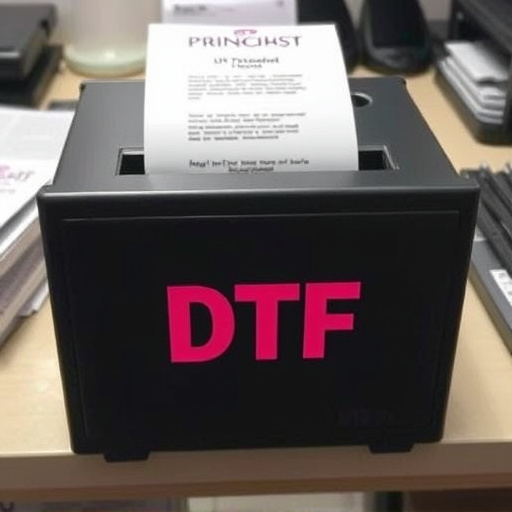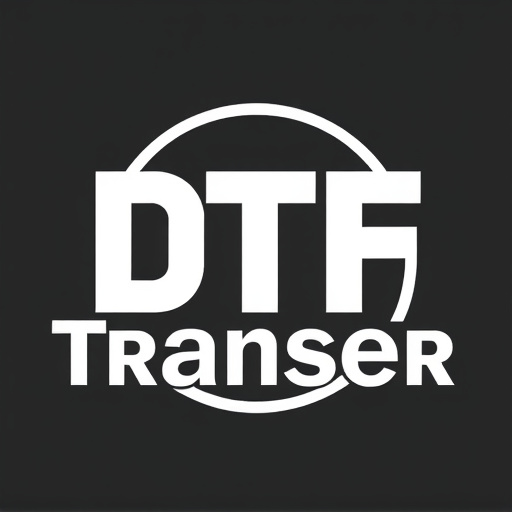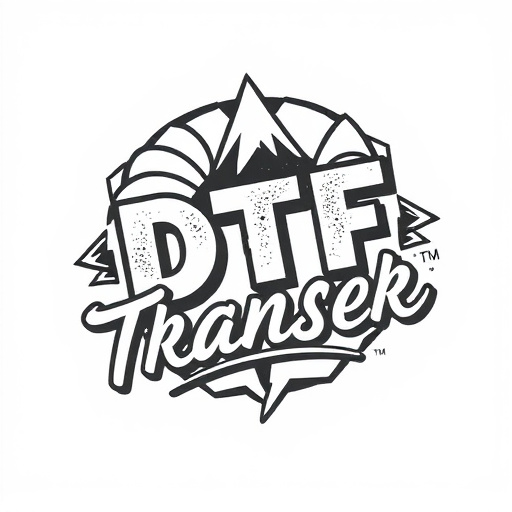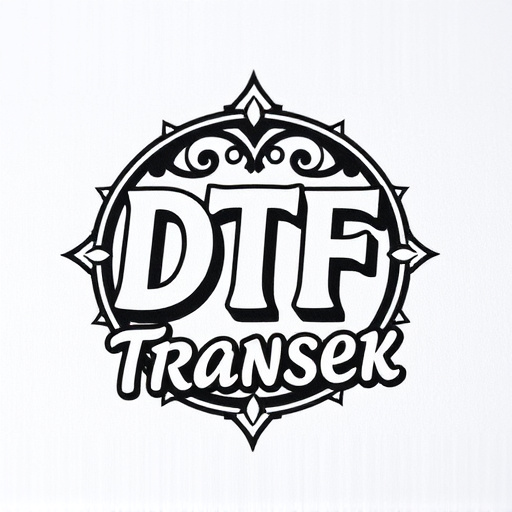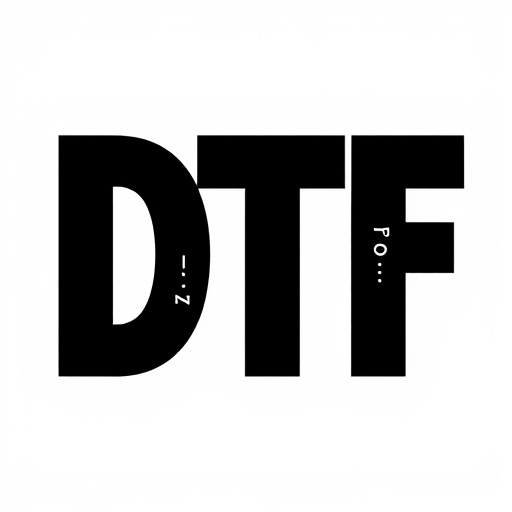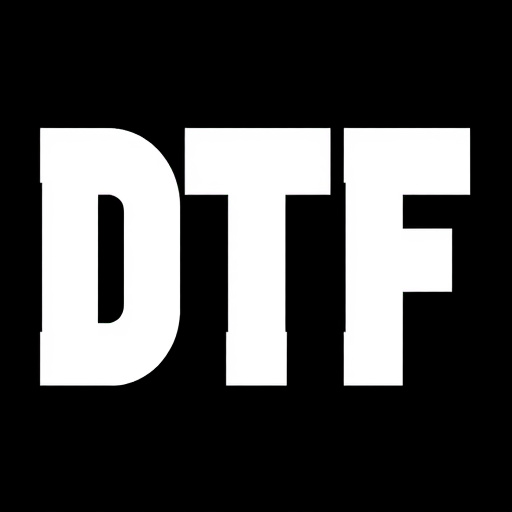Direct-to-Film (DTF) transfer is a cutting-edge printing technology that combines digital and physical media. It offers high-quality, vibrant prints with fine detail for photography, graphic design, and film production, eliminating the need for intermediate files or plates. DTF prints are durable and versatile, suitable for various applications like artistic creations, promotional materials, and architectural visualization. When ordering DTF transfers, consider dimensional and material aspects: print size, resolution, and substrates like polyester, vinyl, or mylar, along with ink types. Optimize image quality through high resolutions, color profiles, and pre-processing techniques. Follow best practices for order placement, including defining design needs, selecting suitable materials, allowing production time, and conducting test prints. DTF transfer is a game-changer in customizing promotional products, event marketing, and creating engaging experiences with on-brand visuals.
“Unleash the potential of direct-to-film (DTF) transfer technology and its diverse dimensional options. This comprehensive guide explores the art of creating vibrant, high-quality DTF prints, catering to various applications. From understanding the fundamentals of DTF transfers to delving into material choices and image enhancement techniques, we cover it all. Discover how to navigate customization, best practices for ordering, and real-world use cases where DTF transfers excel, offering a revolutionary approach to print production.”
- Understanding Direct-to-Film (DTF) Transfer: A Brief Overview
- The Basics of Dimensional Considerations for DTF Transfers
- Material Options for Creating DTF Prints: A Comprehensive Look
- Techniques to Enhance Image Quality in DTF Printing
- Best Practices for Ordering and Customizing DTF Transfer Prints
- Real-World Applications: Where DTF Transfers Shine
Understanding Direct-to-Film (DTF) Transfer: A Brief Overview

Direct-to-Film (DTF) transfer is a cutting-edge printing technology that’s revolutionizing the way we create and reproduce visuals. It involves transferring digital art or designs directly onto film, offering a seamless bridge between the digital and physical realms. This method is particularly prized in industries like photography, graphic design, and film production for its ability to produce high-quality, crisp prints with vibrant colors and fine detail.
DTF Printing enables users to achieve exceptional results without the need for intermediate files or plates. The process starts with a digitally prepared image that’s then printed directly onto specialized film using advanced printers. This film acts as a negative, allowing for accurate reproduction of the original design when exposed to light, typically through a projector or other light source. The resulting DTF prints are durable and suitable for various applications, from artistic creations and promotional materials to architectural visualization and more.
The Basics of Dimensional Considerations for DTF Transfers

When considering a direct-to-film (DTF) transfer order, understanding dimensional considerations is key to achieving high-quality prints. The size and resolution of the original art or design play a significant role in determining the final output. DTF printing technology allows for incredibly detailed and vibrant prints, but it’s important to ensure that your design fits within the hardware’s capabilities. Each DTF printer has specific dimensions and resolutions it can support, so knowing these technical specifications is crucial before placing an order.
For instance, while DTF transfers excel at reproducing intricate details and fine lines, extremely complex or large-scale artwork might demand a re-think. Printers have minimum and maximum size constraints, meaning overly huge designs could be scaled down to fit, potentially losing some detail in the process. Conversely, very small elements of a design may not register clearly due to resolution limits. Therefore, it’s vital to consider both the overall size and the level of detail required for your DTF prints, ensuring they align with the printer’s capabilities for optimal results.
Material Options for Creating DTF Prints: A Comprehensive Look

When it comes to creating Direct-to-Film (DTF) prints, material choices play a significant role in determining the final quality and durability of the transfer. The process involves applying ink or dye directly onto a film surface, which is then transferred onto various substrates like fabric, paper, or even metal. Common materials used for DTF transfers include:
1. Film Substrates: These range from clear synthetic films to specialized options designed for specific applications. Polyester-based films are popular due to their strength and flexibility, making them suitable for a wide range of printing needs. Other choices include vinyl and mylar, each offering unique properties like durability, transparency, or adhesion, catering to distinct DTF printing requirements.
2. Inks and Dyes: The selection of inks or dyes is critical as it affects color vibrancy, opacity, and long-term fade resistance. For textile applications, solvent-based inks are prevalent due to their ability to penetrate fabric fibers, ensuring vibrant colors and washfastness. Water-based inks are also available, offering eco-friendly alternatives with good color reproduction but requiring proper curing for optimal results. In contrast, screen printing inks, heat transfer dyes, and UV-curable inks serve different purposes, from specialized effects to rapid drying and high-resolution imaging.
Techniques to Enhance Image Quality in DTF Printing
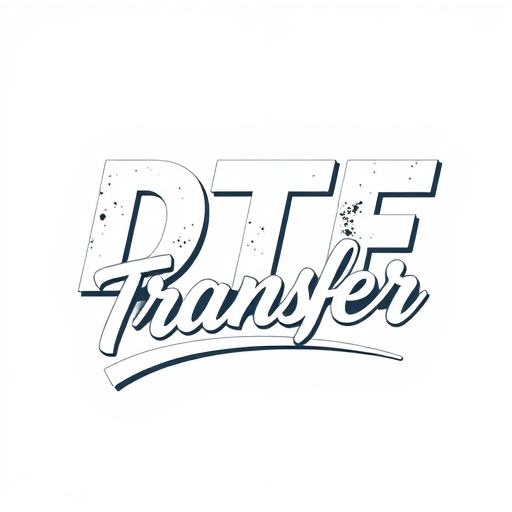
Enhancing image quality in Direct-to-Film (DTF) printing involves several techniques that ensure the final prints capture every detail and color vibrancy. One key method is optimizing the resolution of the input image; higher resolutions result in more detailed DTF prints. Additionally, using advanced color profiles and gamma settings can significantly improve color accuracy, ensuring a lifelike representation on the film.
Another crucial aspect is pre-processing images to reduce noise and enhance sharpness. This includes techniques like de-noising filters and unsharp masking, which minimize graininess and bring out fine details. Profiling and calibrating your printing equipment is also essential; this ensures consistent color reproduction across batches of DTF prints.
Best Practices for Ordering and Customizing DTF Transfer Prints
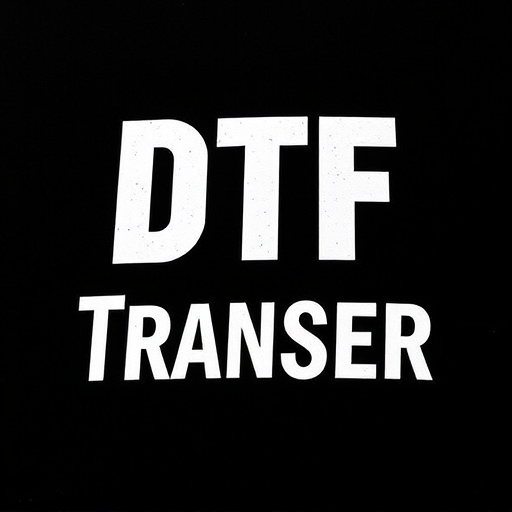
When placing a direct-to-film (DTF) transfer order, following best practices ensures top-quality results and a smooth process. First, define your design needs clearly; consider the intended use of the final product, target audience, and desired aesthetic. This step is crucial as it guides the customization process. For instance, deciding between full-color prints or limited palettes can impact the overall look and cost.
Next, choose the appropriate DTF material based on your project requirements. Different films offer varying levels of durability, gloss, and opacity. High-quality DTF materials ensure vibrant colors and precise detail reproduction. Additionally, allow sufficient time for production and processing; DTF printing may involve multiple steps, so planning ahead prevents delays. Lastly, test prints can help identify potential issues early on, ensuring the final output aligns perfectly with your vision.
Real-World Applications: Where DTF Transfers Shine

Direct-to-film (DTF) transfer technology has found its niche in various real-world applications where traditional printing methods fall short. One of its most prominent uses is in the customization of promotional products and merchandise. Businesses can now create unique, personalized items like mugs, t-shirts, and phone cases with intricate designs and detailed prints that would be time-consuming and expensive to achieve through other means. This makes DTF transfers an efficient solution for bulk orders without compromising on quality or design complexity.
Moreover, the versatility of DTF printing allows it to shine in events and experiential marketing campaigns. Customizable banners, posters, and even large-scale murals can be swiftly produced, perfect for trade shows, pop-up stores, and experiential branding experiences. The ability to print directly onto various materials, including fabric, paper, and plastic, ensures that marketers can create engaging, on-brand experiences that leave a lasting impression on audiences.
